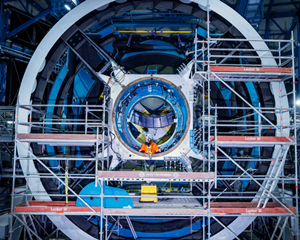As a machine learning scientist at NASA, Hamed Valizadegan once trained an algorithm to examine images of blood vessels in astronauts' retinas, improving efforts to understand vision changes in microgravity.

And future observatories were being planned that would only flood the field with more observations.











